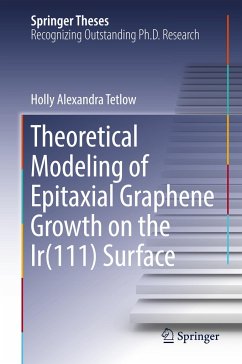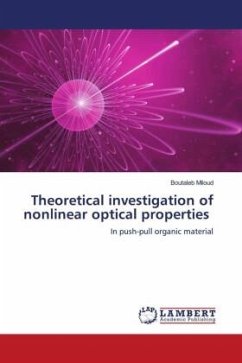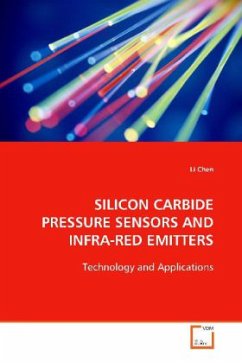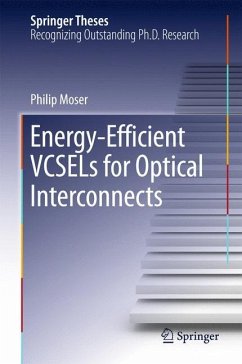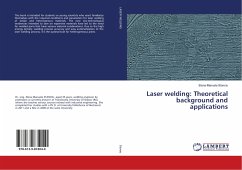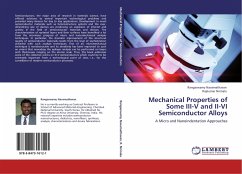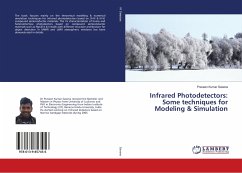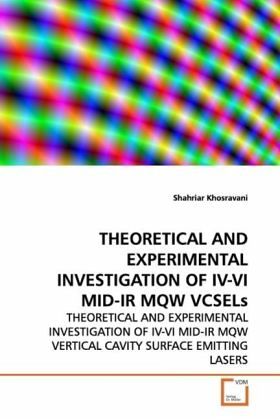
THEORETICAL AND EXPERIMENTAL INVESTIGATION OF IV-VI MID-IR MQW VCSELs
THEORETICAL AND EXPERIMENTAL INVESTIGATION OF IV-VI MID-IR MQW VERTICAL CAVITY SURFACE EMITTING LASERS
Versandkostenfrei!
Versandfertig in 6-10 Tagen
32,99 €
inkl. MwSt.

PAYBACK Punkte
16 °P sammeln!
Mid-infrared section of the optical spectrum is typically between 3 to 30 m wavelengths. This area represents optical absorption of a wide range of chemical and organic compounds. Mid-IR absorption spectroscopy is one of the known highly accurate chemical analyses. There are several requirements for the light source used in such techniques. Thermal stability, tunability, monochromaticity, and sufficient power output are a few vital elements of such a system. Lead salt lasers are one of the known sources for mid-infrared light. They can cover 2.9 to 27 m wavelength. The main difficulty of lead ...
Mid-infrared section of the optical spectrum is
typically between 3 to 30 m wavelengths. This area
represents optical absorption of a wide range of
chemical and organic compounds. Mid-IR absorption
spectroscopy is one of the known highly accurate
chemical analyses. There are several requirements
for the light source used in such techniques.
Thermal stability, tunability, monochromaticity, and
sufficient power output are a few vital elements of
such a system. Lead salt lasers are one of the known
sources for mid-infrared light. They can cover 2.9
to 27 m wavelength. The main difficulty of lead
salts is their poor thermal conductivity. This
prevents the traditional edge-emitting laser to
operate continuously (i.e. CW mode) at room
temperature. CW mode is a necessary condition, since
any spectral analysis needs a light source with
minimum harmonics. To this date, the highest
temperature CW mid-IR available is around 223K,
which is still well below thermoelectric cooling
range (i.e.~260K). The main goal of this research is
to assist the development of an innovative light
source that can be installed in a portable optical
spectroscopy unit.
typically between 3 to 30 m wavelengths. This area
represents optical absorption of a wide range of
chemical and organic compounds. Mid-IR absorption
spectroscopy is one of the known highly accurate
chemical analyses. There are several requirements
for the light source used in such techniques.
Thermal stability, tunability, monochromaticity, and
sufficient power output are a few vital elements of
such a system. Lead salt lasers are one of the known
sources for mid-infrared light. They can cover 2.9
to 27 m wavelength. The main difficulty of lead
salts is their poor thermal conductivity. This
prevents the traditional edge-emitting laser to
operate continuously (i.e. CW mode) at room
temperature. CW mode is a necessary condition, since
any spectral analysis needs a light source with
minimum harmonics. To this date, the highest
temperature CW mid-IR available is around 223K,
which is still well below thermoelectric cooling
range (i.e.~260K). The main goal of this research is
to assist the development of an innovative light
source that can be installed in a portable optical
spectroscopy unit.




